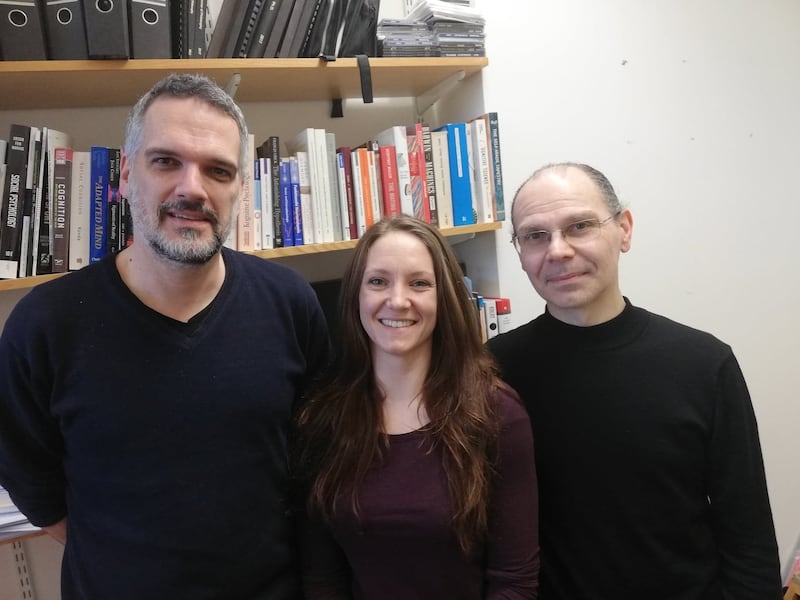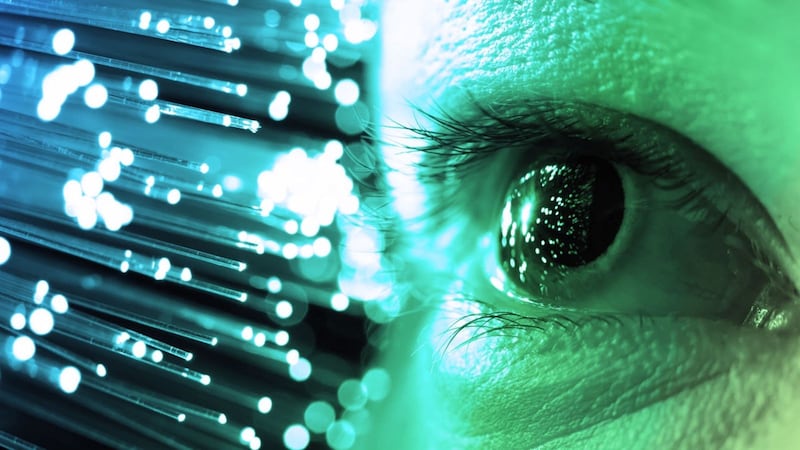People may “see” through the eyes of others to make decisions, a new study suggests.
Humans appear to intuitively form an image in their minds of how an object looks from another person’s perspective, according to University of Plymouth researchers.
The phenomenon could explain why adults know where to hold a book so a child can read it, they said.
Participants in the study, published in journal Current Biology, were asked whether a rotated letter was positioned the right way around or a mirrored view.
Previous research has shown that the more a letter is rotated away from a person, the longer it takes them to work out the answer.
This is because they have to rotate the object back around to the upright position in their head before they can decide what form it is.
The new research suggests they can make a judgment quickly when a second person is introduced opposite, because the mental rotation is not needed.
“This study shows that what we see can be overridden by what another person sees if it helps us to make a judgment,” lead author Eleanor Ward said.
“People do not need to mentally rotate an object if they already ‘see’ the object in the usual upright orientation from the eyes of another.
“People did this even though we did not give them instructions about the extra person introduced and they viewed them completely passively.
“They still used the extra set of eyes, which suggests it is a process that occurs spontaneously.”

However, if the object is upside down for the person opposite, it makes it harder for the participant to work out the answer.
The researchers found that using an object such as a lamp opposite the participant did not help them make a decision on what form the letter was.
They suggest this is because the lamp can’t “see”, which makes it difficult for participants to visualise what the letters would look like from that position.
Researcher Dr Patric Bach said perspective “is an important part of social cognition”.
“It is important for many everyday activities in which we need interact with other people,” he said
“It helps us to empathise with them, or to work out what they are thinking.
“Our study provides new insights that people can do this because they very quickly and spontaneously form a mental image of how the world looks to another person.
“As soon as we have such a mental image, it is easy to put ourselves in the other person’s place and to predict how they will behave.”








